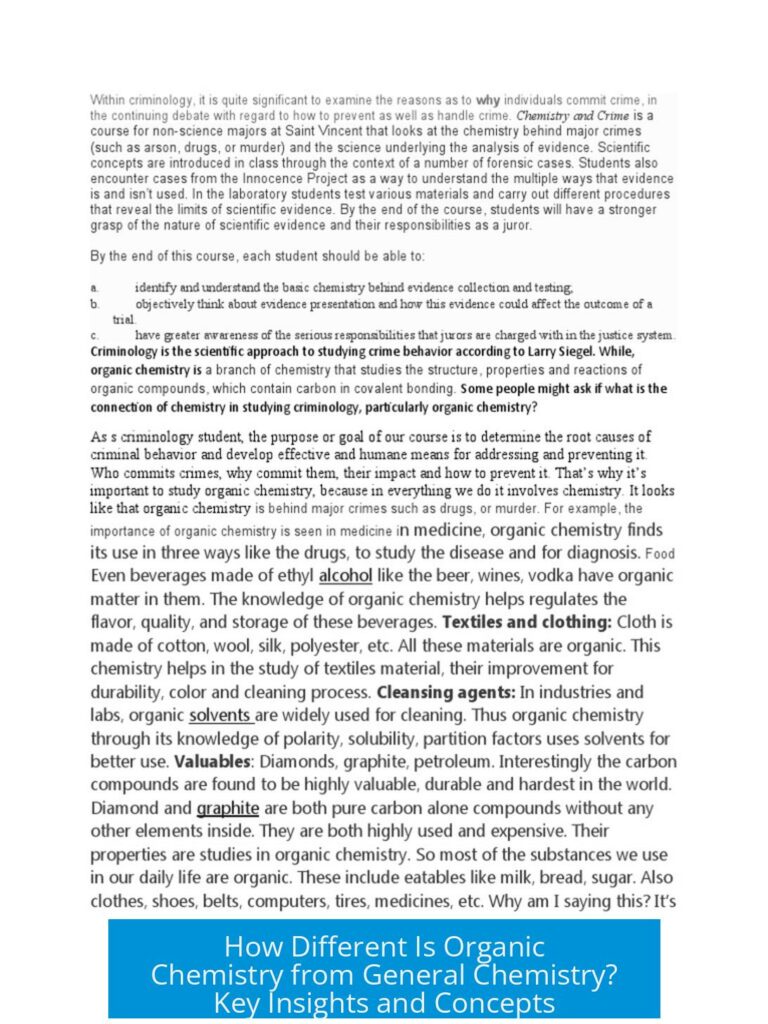What to Do If You Break a Mercury Thermometer

Breaking a mercury thermometer releases a small amount of metallic mercury, which poses limited immediate health risks if handled correctly. The primary concern is inhaling mercury vapor, not skin contact or swallowing the small quantity involved.
Understanding Mercury Toxicity

Metallic mercury from a thermometer does not absorb easily through the skin. The main hazard comes from its vapor, which can cause poisoning if inhaled in significant amounts over long periods.
The amount inside a typical mercury thermometer is very small. It does not cause acute poisoning from a one-time breakage. Scientific estimates suggest that the mercury quantity needs to be sealed in a closed space for decades to generate enough vapor for symptoms.
Therefore, occasional exposure under ventilated conditions is unlikely to be harmful.
Immediate Steps After Breaking the Thermometer
- Ventilate the Area: Open windows wide to disperse mercury vapors quickly. Avoid confining the mercury in closed spaces.
- Do Not Use a Vacuum or Broom: Vacuuming agitates mercury, spreading vapors and particles. Brooms fragment mercury into tiny droplets, increasing contamination spread.
- Collect Mercury Carefully: Use stiff paper or cardboard to gather visible mercury beads. Sticky tape can help pick up small droplets.
- Handle Broken Glass Safely: Mercury thermometers contain glass shards, which may cause injuries. Use gloves and a dustpan or thick paper to collect glass.
Safe Disposal Practices
Never dispose of mercury or contaminated materials in regular household trash or down drains. Mercury can accumulate in plumbing systems or the environment, causing future hazards.
Store collected mercury and contaminated cleaning materials in sealed containers. Contact local hazardous waste collection facilities or authorities to arrange safe disposal.
Preventing Spread and Further Contamination
- Remove shoes and contaminated clothing immediately to avoid tracking mercury to other areas.
- If fabrics like sheets or clothes contact mercury, discard them properly as they can harbor mercury residues.
- Consider replacing mercury thermometers with safer alternatives such as digital or alcohol-based thermometers to eliminate future risks.
Additional Considerations
Be certain the liquid is mercury—some modern thermometers use galinstan, a less hazardous metal alloy.
If mercury breaks outdoors, such as in a carport, the risk to pets or humans remains low but still requires careful cleanup and containment.
For precise guidance, refer to official resources such as the Environmental Protection Agency’s thermometer breakage webpage: EPA Mercury Thermometer Breakage Instructions.
Summary of Key Points
- Mercury from a broken thermometer poses low immediate danger but inhaling vapors over time is hazardous.
- Ventilate rooms thoroughly after breakage.
- Avoid vacuum cleaners and brooms during cleanup.
- Use sticky tape and careful collection methods to pick up mercury droplets and glass.
- Dispose of mercury-contaminated materials per hazardous waste guidelines.
- Replace mercury thermometers with digital or alcohol-based models when possible.
- Consult official EPA resources for detailed cleanup steps.





Leave a Comment